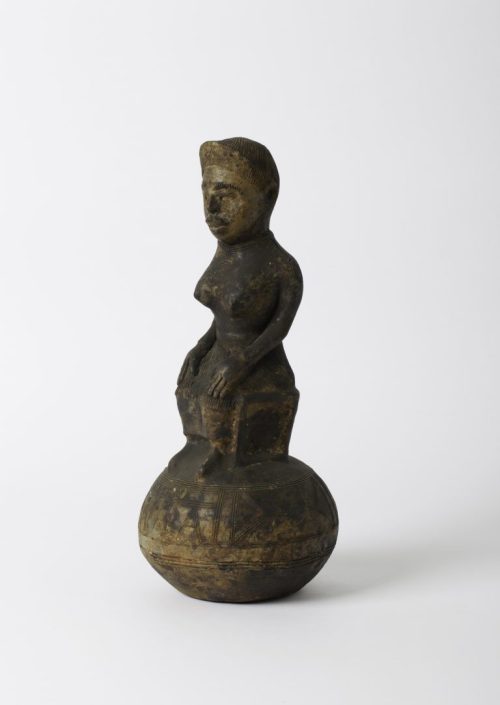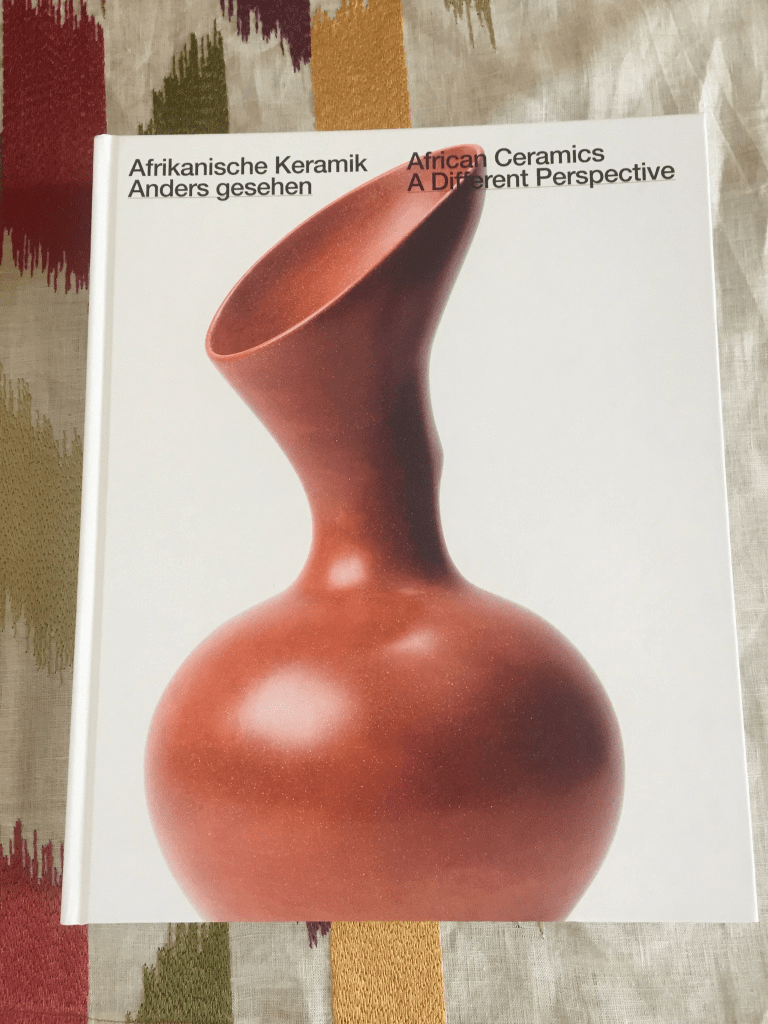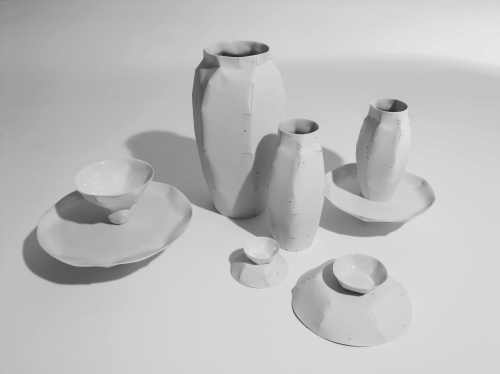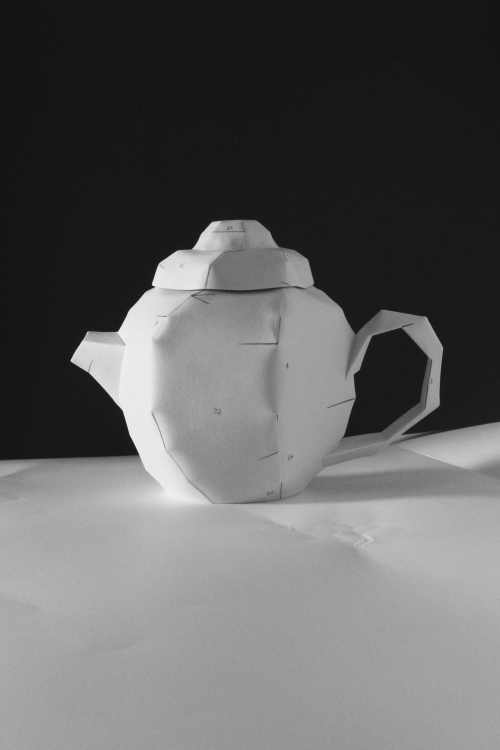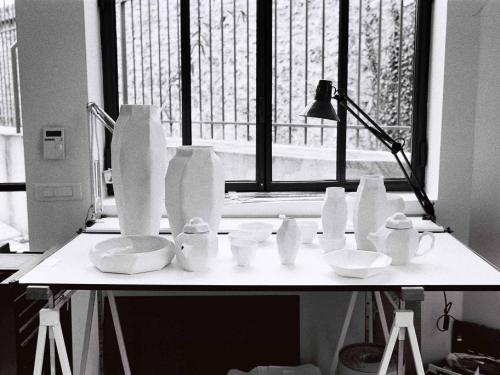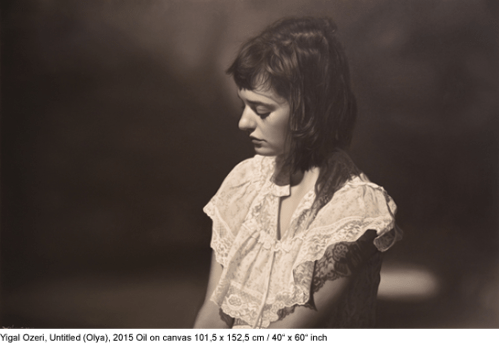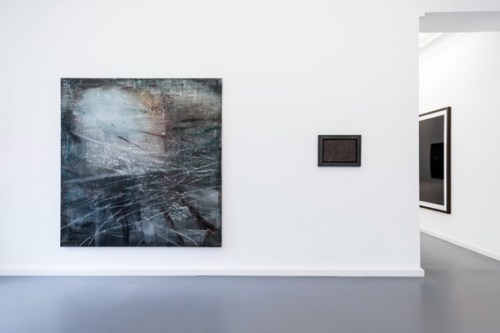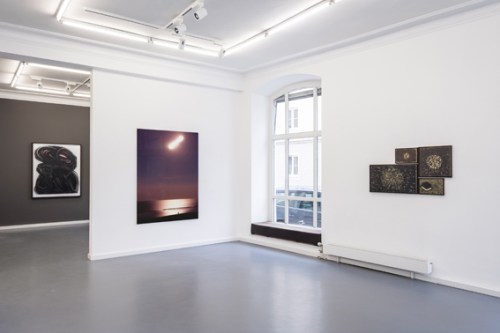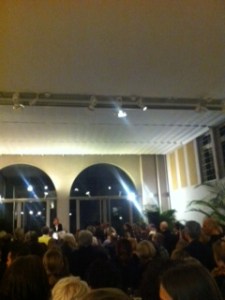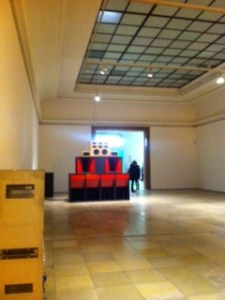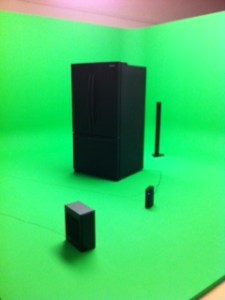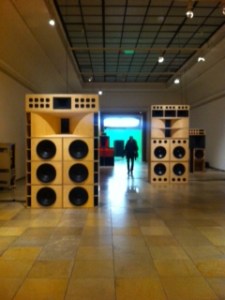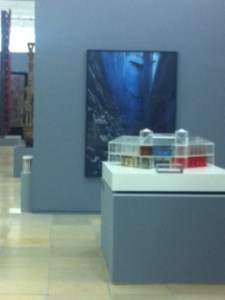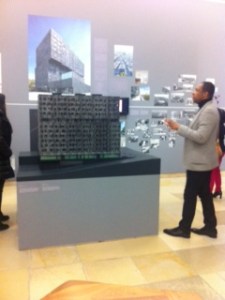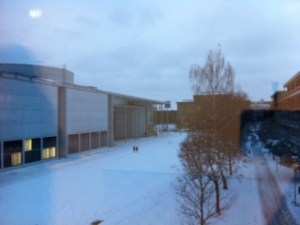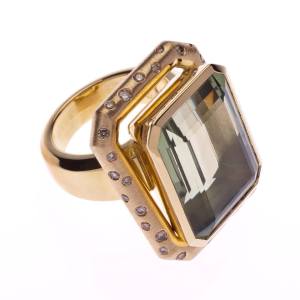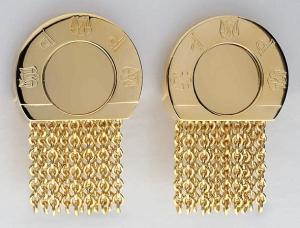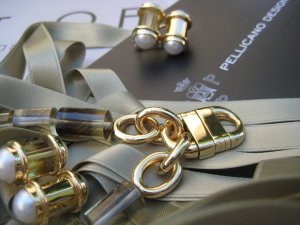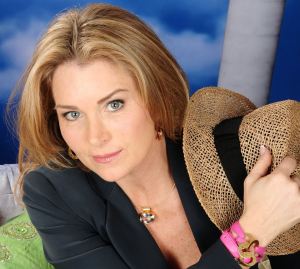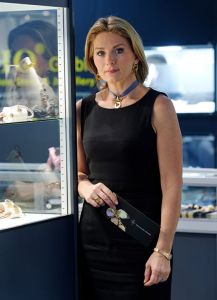Hans Abrahamsen’s ‘Snow Queen’ at Bavarian State Opera premiere, December 21, 2019

Rachael Wilson (Kay ) Thomas Grässle (Kay double), Kinderstatisterie der Bayerischen Staatsoper, Hans Abrahamsen: THE SNOW QUEEN | Premiere: 21. Dezember 2019 | Musikalische Leitung: Cornelius Meister | Inszenierung: Andreas Kriegerburg,photo ©Wilfried Hösl
Snow Queen (premiere, Dec 21, 2019 at Bayerische Staatsoper)
musical direction……………..Cornelius Meister
stage design……………………Andreas Kriegneburg
stage………………………………Harald B.Thor
costumes………………………..Andrea Scharaad
light………………………………..Michael Bauer
choreography…………………..Zenta Haerter
Choir……………………………….Stellario Fagone
dramaturgy………………………Malte Krasting
A musical triumph Hans Abrahamsen’s The Snow Queen, was celebrated its Danish-language world premiere, October 2019, at the Royal Danish Opera , directed by Francisco Negrin. The Bavarian State Opera produced its own version in english-language premiere, Dec 20th, 2019. So very fortunate indeed I was while landed in Munich that rainy morning on December 21st,2019 to attend an evening invitation for the premiere of this new fabulous contemporary performance, with a new star, Barbara Hanningan, a reigning soprano of contemporary music, for which the opera was originally written.
From fairy-tale to trauma drama; In the literary original, Hans Christian Andersen’s fairy-tale Die Schneekönigin, little Kai loses all emotion with a diabolical troll-mirror shard in the eye and heart, and is kidnapped by the Snow Queen. But his friend Gerda begins an arduous journey to rescue Kai. Andreas Kriegenburg places Gerda’s unconditional devotion to her friendship with Kai at the centre. With this story he is interested in the notion that, “someone in society becomes so cold that they withdraw into their very own inner snow-covered landscape.”
Joshua Baron writes at the New York Times, during the rehearsal previews, “And there is no metaphor more apt to describe Mr. Abrahamsen’s music than a snowflake: pleasantly soft and simple from a distance, mathematically precise and complex under a microscope.”He continues.. His song cycle “let me tell you” evokes a landscape as wintry as one in a Bruegel painting. And there is no metaphor more apt to describe Mr. Abrahamsen’s music than a snowflake: pleasantly soft and simple from a distance, mathematically precise and complex under a microscope.(New York times,review rehearsal, dec, 2019)

The Snow Queen: Peter Rose (Snow Queen), Rachael Wilson (Kay), Statisterie de Bayerischen Staatsoper,photo ©Wilfried Hösl

The Snow Queen: Peter Rose (Reindeer),photo ©Wilfried Hösl
The role of Kai, conceived as a breeches role, is embodied by mezzo-soprano Rachael Wilson. The Snow Queen is interpreted by Peter Rose. (bass baritone). Hans Abrahamsen does not only see the Snow Queen as a negative force’s or in his case him has also a good side. The idea of choosing a bass baritone for the role of the Snow Queen came from one of the leading role of Greta, Barbara Hannigan, “a bass baritone can be very seductive.. or even moving and comforting” (Mr Abrahamsen’s interview at the Bayerischen Staatsoper magazine, 2019)
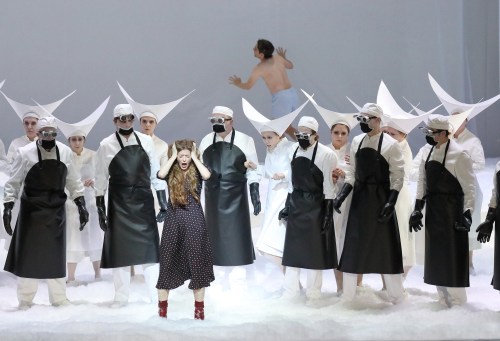
The Snow Queen: Barbara Hannigan (Gerda), Thomas Grässle (Kay double), Chor de Bayrischen Staatsoper,photo ©Wilfried Hösl
In the Munich production Gerda and Kai are a grown-up pair. Possibly traumatised, Kai has withdrawn into a silence similar to the phenomenon of mutism and refuses all communication..The Snow Queen is staged by Andreas Kriegenburg, who has already brought Der Ring des Nibelungen, Wozzeckand Die Soldaten to the stage at the Bayerische Staatsoper turns the fairy tale into a psychological drama, that oscillated between dream and reality. Gerda and Kay, in Mr. Kriegenburg’s production, are a middle-aged couple. The mirror splinters have always suggested psychological trauma; Kay’s condition is an actual mental illness. The mental institution, takes place in different way in both acts (the opera is a two act opera ); the adventure of the tale is choreographed between the large rooms of the institution and the intense lab factotum of the surgery room; Fantasy blurs with reality under Gerda’s hopes and fears.

The Snow Queen: Barbara Hannigan (Gerda), Kevin Conners (Waldkrähe), Statisterie de Bayrischen Staatsoper,photos ©Wilfried Hösl

The Snow Queen: Barbara Hannigan (Gerda), Ensemble der Bayerischen Staatsoper,photo ©Wilfried Hösl

The Snow Queen: Peter Rose (Snow Queen), Kinderstatisterie der Bayerischen Staatsoper,photo ©Wilfried Hösl

The Snow Queen: Rachael Wilson (Kay), Thomas Gräßle (Kay Double), Statisterie der Bayerischen Staatsoper,photo ©Wilfried Hösl
Mr. Abrahamsen said he had wanted to write an opera since the 1980s. But it was only after “let me tell you” that he felt ready to fulfill a commission from Royal Danish Opera. Although “The Snow Queen” was written with Ms. Hannigan in mind — and although Mr. Abrahamsen had wanted the libretto to be in English — that company insisted on it being in Danish. But the language, Mr. Abrahamsen said, is difficult to sing, with “words in the back of the mouth, and the vowels very near each other.” (Joshua Baron, New York Times, Dec 2019)
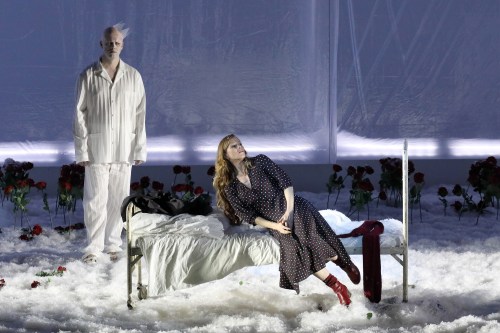
The Snow Queen: Dean Power (Prince), Barbara Hannigan (Gerda),photo ©Wilfried Hösl
Shirley Apthrop writes for the Copenhagen premier, (Det Kongelike Teater, (the Royal Danish Opera) “…Abrahamsen’s score is a work of obsessively fine detail, of immense complexity calibrated to sound beguilingly simple, of silvery, perfumed lyricism overlaid with hallucinatory effects. Everything sounds both familiar and strangely warped. There are delicate references to familiar works — Strauss, Mahler, Bach, Wagner — more like snatches of memory than quotes; but just when things seem about to become recognisable, Abrahamsen will bend away from pure tonality to warp a note or twist an interval, to stab or spike through an arpeggio, to hurt us just enough to make us come back wanting more.” (Financial Times, October 14, 2019)
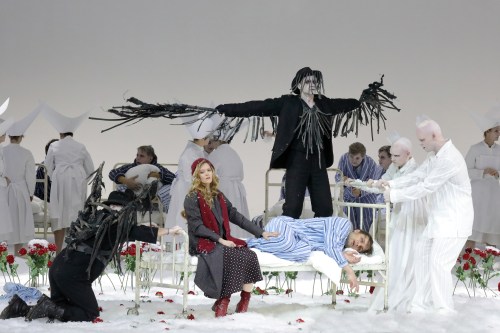
The Snow Queen: Ensemble und Chor der Bayerischen Staatsoper, photos ©Wilfried Hösl
I treasure the beautiful book “Hans Abrahamsen_The Snow Queen”published by Bayerische Staatsoper Spielzeit 2019-2020 (Bureau Mirko Borsche) and to a wonderful surprise with photos by Mark Mahaney, and his fabulous project, ‘Polar Night’ who travelled to Utqiagvik last January, during the final days of the season’s polar night. “Landing, it looked like we were dropping down onto the moon,” he said to Coralie Craft (photo editor, contributor to the New Yorker)

Life in Alaska in the Round-the-Clock Darkness of Polar Night,published at Photo Booth/The New Yorker by Coralie Craft,Sept 29, 2019, photo ©Mark Mahaney
Mark Mahaney’s Polar Night is a passage through a rapidly changing landscape in Alaska’s northernmost town of Utqiagvik. It’s an exploration of prolonged darkness, told through the strange beauty of a snowscape cast in a two month shadow. The unnatural lights that flare in the sun’s absence and the shapes that emerge from the landscape are unexpectedly beautiful in their softness and harshness. It’s hard to see past the heavy gaze of climate change in an arctic town, though Polar Night is a visual poem about endurance, isolation and survival.
Mark Mahoney’s fabulous photo book ‘Polar Night’ has been published by the Texas-based independent art book publisher TressPasser Publications His work is represented by Kominek Gallery, Berlin

Life in Alaska in the Round-the-Clock Darkness of Polar Night,published at Photo Booth/The New Yorker by Coralie Craft,Sept 29, 2019, photo ©Mark Mahaney

The Danish composer Hans Abrahamsen is one of the most original and independent voices in contemporary music. He started his career by studying horn and composition. This was followed by the first own works that already met with international resonance, such as winter night. During a creative break of several years, which he called “Fermate”, he orchestrated and edited pieces by Johann Sebastian Bach, György Ligeti, Carl Nielsen, Robert Schumann, Arnold Schönberg and Claude Debussy, whose music also influenced his own compositions. His work Snow for Chamber Ensemble was premiered in 2008. A cycle of compositions that is connected in terms of content and motivation is constantly growing around this work. His piano concerto for the left hand (left, alone) and the monodrama let me tell you, which he wrote for Barbara Hannigan and with which his music finally became known worldwide, are just as much a part of it as his first opera The Snow Queen after Hans Christian Andersens eponymous fairy tale.

Andreas Kriegenburg became a director at the Volksbühne Berlin in 1991 after training as a craftsman at the Magdeburg Theater. In 1996 he moved to the Hanover State Theater and in 1999 to the Vienna Burgtheater. From 2001 to 2009 he was senior director at the Thalia Theater Hamburg and from 2009 to 2014 chief director at the Deutsches Theater Berlin. He directed and directed the Munich Kammerspiele. a. in The Trial and Maria Stuart. After his opera debut in Magdeburg in 2006, further work followed at the opera houses in Dresden, Frankfurt, Berlin, Hamburg, Barcelona, Paris and Tokyo. At the Salzburg Festival he directed Lady Macbeth von Mzensk in 2017 and Simon Boccanegra in 2019. In 2014, his production of The Soldiers at the Bavarian State Opera was voted Production of the Year by the Opernwelt magazine. He also directed Wozzeck and The Ring of the Nibelung.
Thank you Christoph Koch (Head of Press & Editorial Content, Bayerische Staatsoper)for your invitation to the premier & cooperation for submitting all photo materials on my desk. (january 20, 2020)


